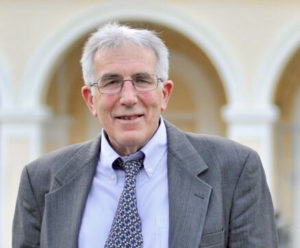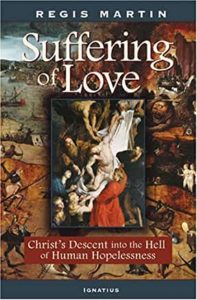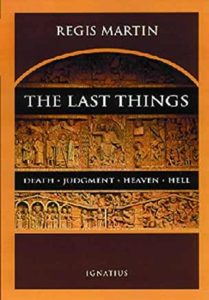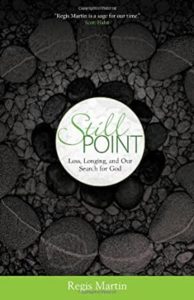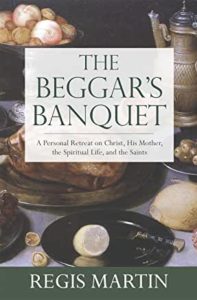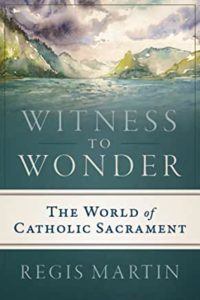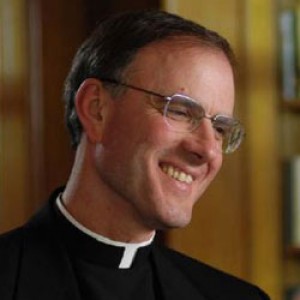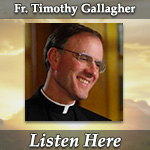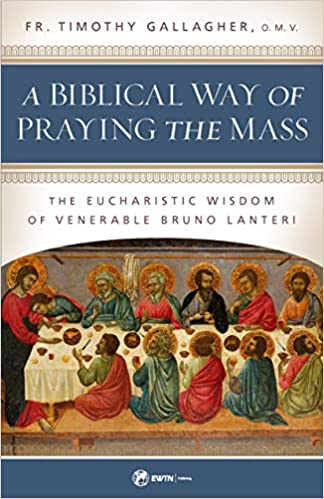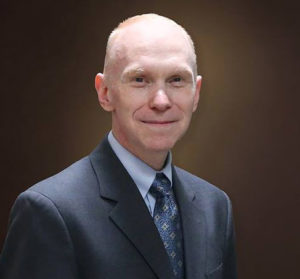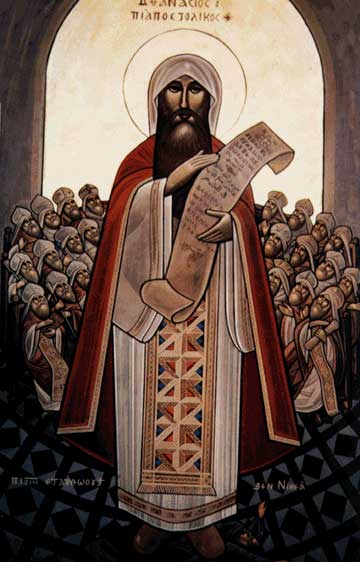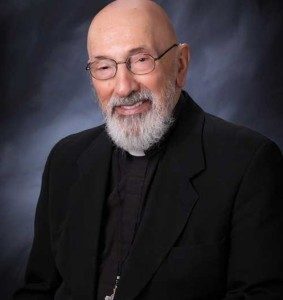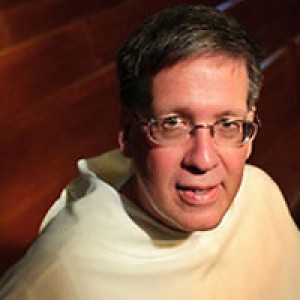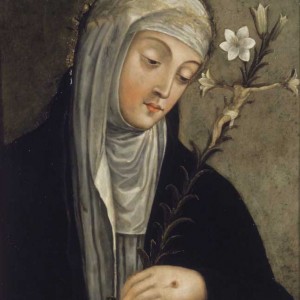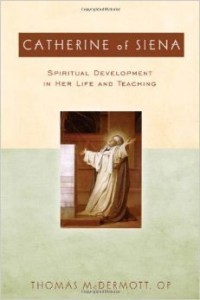Podcast: Play in new window | Download (Duration: 30:41 — 21.8MB) | Embed
Subscribe: Apple Podcasts | Spotify | Amazon Music | Android | Pandora | iHeartRadio | JioSaavn | Podchaser | Gaana | Podcast Index | Email | TuneIn | Deezer | Anghami | RSS | More
Episode 21 – The Gospel of Luke – Chapter 10 Part 1
Luke 10: “The Good Samaritan”
Satan is known as Lucifer, a fallen angel whose name means bearer of light. Angels are mentioned over 270 times in the Bible. They are highly intelligent beings of pure spirit who God created before humans. Revelation 12 describes the battle between Satan, the dragon, and Michael, the archangel. Michael defeated the dragon who is thrown out of heaven, along with the other 1/3 of the angels who joined in the rebellion against God. Lucifer and his minions revolted when God revealed his plan of salvation for humanity. When they learned that God would become a man born of a woman, they refused to serve: if God could take on human nature, then the lowly humans could take on a divine nature. Their contempt for lowly humans was fueled by pride and jealousy. Thomas Aquinas believed that before the angels were given the beatific vision, they underwent a time of testing, much like Adam and Eve. Having failed their test of fidelity to God, they were cast out of heaven, just as Adam and Eve were cast out of the garden.
From Aquinas we learn of the hierarchy of angelic: Seraphim angels were the highest, followed in order by the Cherubim, Thrones, Dominions, Virtues, Powers, Principalities, Archangels and Angels (which includes our Guardian Angels). According to Peter Kreeft, both Lucifer and Michael were Seraphim Angels of the highest order. Archangel can also mean a leader angel, and Michael as the leader of all the faithful angels, defeated Lucifer, the leader of all the rebellious angels. God had created angels to serve, but their pride kept them from fulfilling their nature: just like Adam and Eve, the fallen angels wanted to be like gods. The cosmic battle between good and evil continued until Jesus ushered in a new kingdom to replace Satan’s temporary kingdom.
The kingdom of God is mentioned throughout the Gospel of Luke. In Luke 9, Jesus sent the 12 apostles to proclaim the kingdom of God, and in Luke 10, Jesus sends 70 disciples to do the same. The 70 disciples mentioned in Luke 10 recalls the 70 elders that Moses appointed to help govern the Israelites (Numbers 11). These 70 men (along with two others outside the Israelite camp) received some of the spirit of prophecy that had been given to Moses. These same 70 also went up Mount Sinai with Moses, where they ate and drank together in the presence of God (Exodus 24). Luke is the only evangelist to mention the 70 disciples sent on mission. Hippolytus of Rome (a follower of Irenaeus, who was a follower of Polycarp, who was a follower of John the Evangelist) listed the 70 disciples in one of his commentaries. Included in this list were Mark and Luke, who Hippolytus said were among the disciples who left Jesus after the Bread of Life discourse (John 6). Peter was responsible for evangelizing Mark, while Paul evangelized Luke back to the fold.
When the 70 return, they were full of joy because the demons were subject to them in Jesus’ name. Jesus warned against becoming prideful, telling them their joy should come from their name being written in the book of heaven. In Revelation 20, we learn that one of the books in heaven is the book of life. The dead will be judged by their deeds on earth which are written in the books in heaven and “only those who are written in the Lamb’s book of life” will be allowed into the new and heavenly Jerusalem (Rev 21:27) and “if any one’s name was not found written in the book of life, he was thrown into the lake of fire (Rev 20:15).” We know from scripture that our names can be blotted out of the book of life: “Whoever has sinned against me, him will I blot out of my book (Ex 32:33).
Luke 10 continues with the story of the Good Samaritan, which is found only in Luke. A lawyer wanted to put Jesus to the test, asking what it takes to inherit eternal life. When Jesus asked him what is prescribed in the law, the lawyer responded, “You shall love the Lord your God with all your heart, and with all your soul, and with all your strength, and with all your mind; and your neighbor as yourself (Luke 10:27).” Wanting to justify himself, the lawyer asks, “Who is my neighbor?” By the Levitical law, the Jews only counted other Jews as their neighbor (Lev 19:18). However, Jesus expanded the definition of neighbor to include all humanity. The roadside between Jerusalem and Jericho was known as the “Way of Blood” and is the same location where King David wrote Psalm 23 (Even though I walk through the valley of the shadow of death, I fear no evil) Elijah was fed bread from ravens while hiding from the evil Queen Jezebel (1 Kings 17).
Using the spiritual sense of scripture, Augustine saw the wounded traveler as symbolic of Adam and humanity. The wounding of sin is symbolized by the robbers who leave the traveler half dead. The old covenant is represented by the priests and Levites who fail to save humanity. Jesus is the Good Samaritan, who heals with the sacraments, as symbolized by the oil and wine poured into the wounds of humanity. Like the inn, Jesus shelters wounded humanity the Church. Like the Good Samaritan who paid two denarii for the traveler’s care, Jesus pays with his life to conquer sin and death.
The lecture concludes with the story of Martha and Mary. Martha prepared the meal, while Mary sat at the feet of Jesus, listening to his teaching. Mary represents contemplative spirituality, while Martha represents active spirituality. While both are important, Jesus emphasized that one thing is needed: stay in relationship with the Lord. Choose the eternal over the worldly.
©2019 Seeking Truth Catholic Bible Study
Sharon Doran serves as the teaching director of “Seeking Truth.” An experienced Bible Study teacher, Sharon has a passion for scripture that will motivate and challenge you to immerse yourself in God’s Word and apply His message to your everyday life.
For more in this series, visit the Seeking Truth with Sharon Doran Discerning Hearts page.
 “Seeking Truth” is an in-depth Catholic Bible Study commissioned by the Archdiocese of Omaha in response to John Paul II’s call to the New Evangelization as well as Pope Benedict XVI’s exhortation for all Catholics to study scripture. To learn more, go to www.seekingtruth.net
“Seeking Truth” is an in-depth Catholic Bible Study commissioned by the Archdiocese of Omaha in response to John Paul II’s call to the New Evangelization as well as Pope Benedict XVI’s exhortation for all Catholics to study scripture. To learn more, go to www.seekingtruth.net

